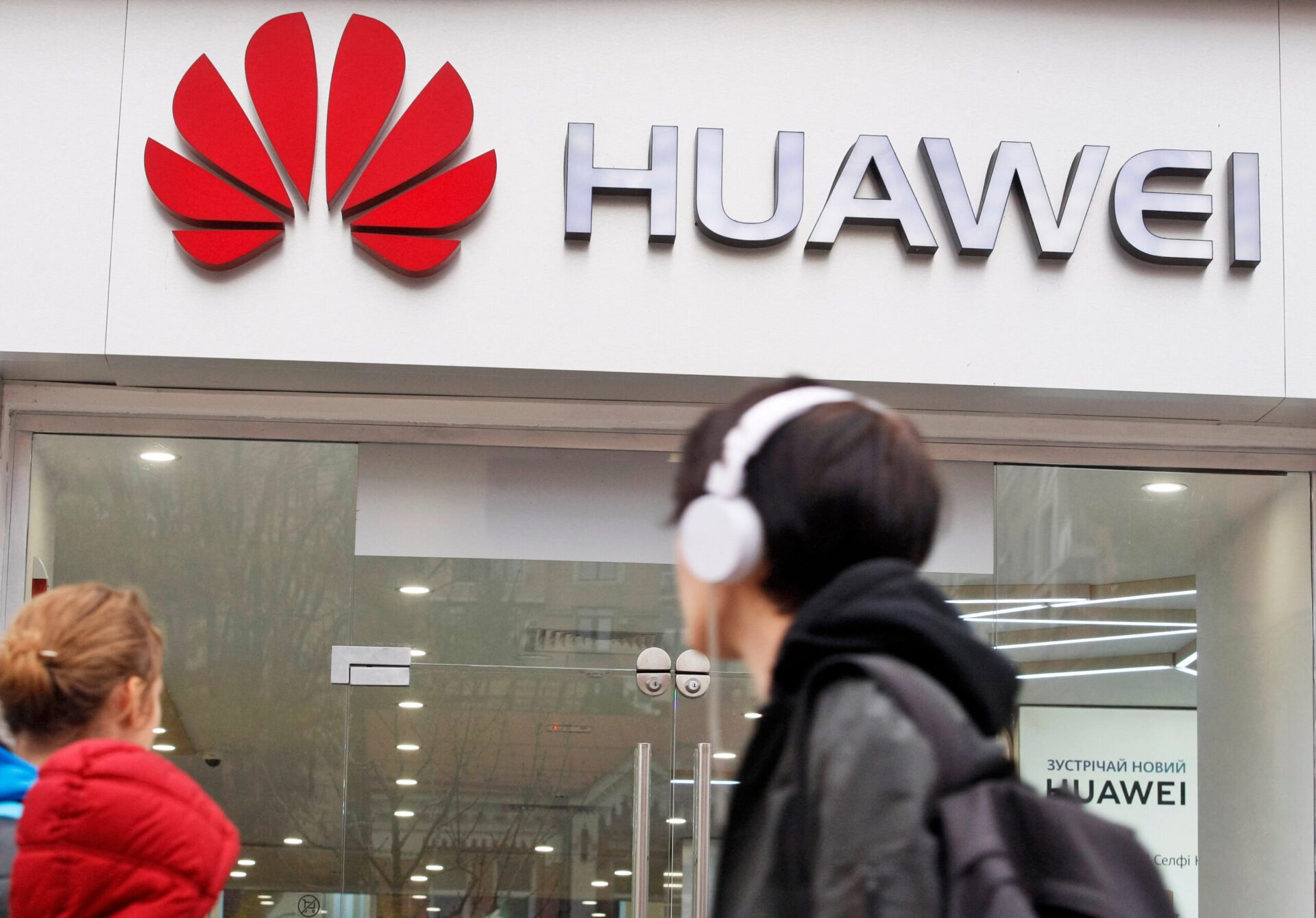TLDR:
- Huawei is pivoting toward AI and 5G to counteract stagnation in the traditional telecom market.
- Deputy chairman Eric Xu called for tailored growth strategies at MWC Shanghai, urging carriers to focus on emerging user segments and enterprise services.
- AI and connected vehicle infrastructure are central to Huawei’s new approach, with fiber expansion supporting small business digitalization.
- Despite global sanctions, Huawei reported strong revenues in 2024, signaling resilience driven by diversification into AI and chips.
Huawei is repositioning itself at the heart of the digital infrastructure race, doubling down on artificial intelligence and 5G to compensate for a slowdown in traditional telecom growth.
Huawei bets big on AI, 5G
Speaking at the Mobile World Congress in Shanghai, deputy chairman Eric Xu Zhijun addressed an industry facing saturation after decades of exponential expansion.
Xu said the telecoms sector has matured to a point where most consumer needs are already satisfied, leaving little room for growth in legacy services like mobile connectivity and voice.
“The business environment and competitive landscape of carriers have changed,” Xu stated, emphasizing the urgency of innovation and tailored strategies for operators seeking sustainable expansion.
At the center of Huawei’s renewed push is a commitment to AI-powered solutions and next-generation connectivity, both of which are expected to underpin future demand. Xu highlighted four main opportunities for growth, tapping into emerging user segments like content creators and gig economy workers, boosting access to high-definition video, powering intelligent connected vehicles, and expanding fiber networks directly into small business spaces.
Telecom stagnation prompts strategic pivot
These ambitions reflect a broader shift within the global telecom industry. With the consumer market nearing saturation, particularly in developed regions, telecom companies are turning to business clients, where needs remain more complex and underserved. According to industry analysis, the B2B segment now represents the most promising growth path. Enterprise digitalization, IoT integration, and industry-specific solutions are all fueling this demand.
Huawei appears to be aligning itself precisely along those lines. The company’s emphasis on fiber-to-the-room targets small and medium enterprises that require high-speed internet for operations like remote conferencing, security, and cloud computing. Similarly, its commitment to enabling connected vehicles through 5G infrastructure reflects telecom’s growing overlap with sectors like mobility, logistics, and smart manufacturing.
Although Xu did not address the geopolitical headwinds Huawei continues to face, the company’s pivot comes amid mounting pressure from US-led efforts to exclude its equipment from international networks. Recent moves such as a US-backed project to dismantle Huawei towers in Panama underscore the geopolitical hurdles the firm must navigate. Still, Huawei’s revenue for 2024 surged to an estimated $118 billion, thanks in part to growth in AI and chip technologies.
Geopolitics looms over Huawei’s expansion
The AI component is especially strategic. As telecom operators worldwide face dwindling returns from traditional services, AI is increasingly seen as essential for optimizing costs and unlocking new offerings. Analysts forecast that AI could improve productivity in core telecom functions by as much as 25 percent, helping companies manage their high capital expenditures while exploring new value streams.
Huawei’s strategy reveals a pragmatic understanding of these trends. Rather than clinging to legacy models, the company is pushing for differentiation through specialized, data-driven solutions. Xu signaled Huawei’s readiness to work closely with global carriers, tailoring approaches to the realities of each market.
Newton Kitonga
Newton Kitonga is a lawyer and crypto enthusiast. He has over five years of experience analyzing derivative markets, FinTech, research, and Decentralized Finance.















